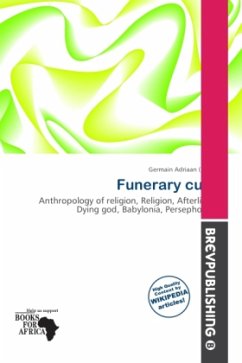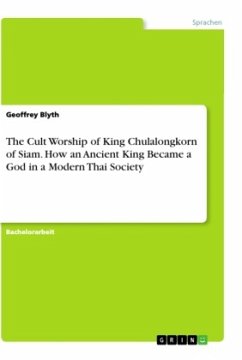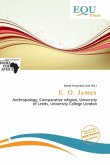Please note that the content of this book primarily consists of articles available from Wikipedia or other free sources online. In the anthropology of religion, a funerary cult is a body of religious teaching and practice centered around the dead, in which the living are thought to either be able to confer benefits on the dead in the afterlife, or appease their otherwise wrathful ghosts. Rituals were carried on for the benefit of the dead, either by their relatives, or by a class of priests appointed and paid to perform the rites. These rituals took place, either at the tombs of the dead themselves, or at funerary temples appointed to this purpose. Funerary cults are especially associated with ancient Egypt, where the god Osiris, a dying and reviving god and Lord of the Egyptian afterlife, was usually depicted as a mummy in Egyptian art. They have occurred in a wide variety of cultures, however. Other societies whose religions included funerary cults include ancient Sumer, Assyria and Babylonia, where they were called kispu; and the Samnites and Etruscans of Italy, who painted the underworld deities Aita, Vanth, Phersipnei, and Letham on the walls of tombs.
Bitte wählen Sie Ihr Anliegen aus.
Rechnungen
Retourenschein anfordern
Bestellstatus
Storno








